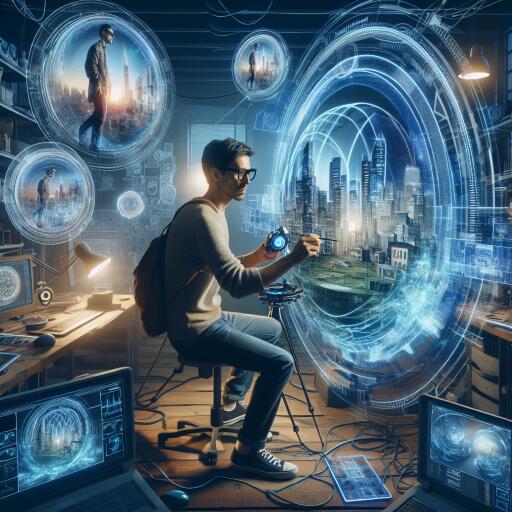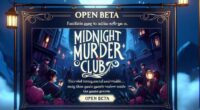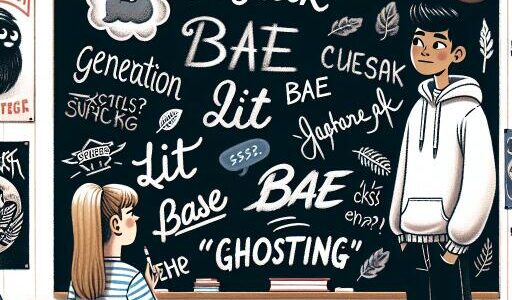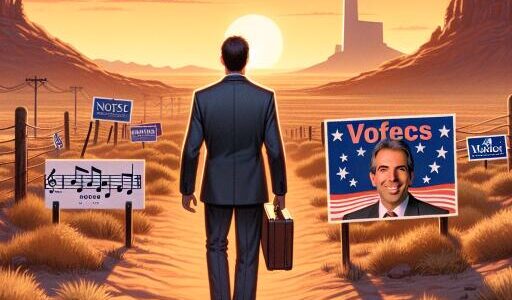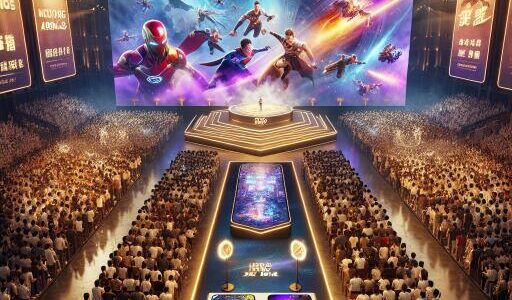Creator Feature: @Azadux Capturing the Real World in Holograms
In this exclusive feature, we delve into the fascinating world of renowned 3D artist and VR developer, Azad Balabanian. From his early inspirations in volumetric video to his current pioneering work in photogrammetry and holographic displays. Azad’s journey opens up new possibilities for creating and displaying art that transcend traditional flat screens. Driven by a passion for 6DoF (six degrees of freedom) formats, Azad shares his creative path, the evolving landscape of volumetric photography, and how Looking Glass has revolutionized his approach to presenting stunning 3D scans. Whether you’re a creative technologist or simply curious about the future of 3D art, this is a must-read!
Introduction
Meet Azad Balabanian, a 3D artist and VR developer fueled by the drive to push the boundaries of photography and cinematography through 6DoF volumetric formats. With Looking Glass displays, Azad’s dream of showcasing volumetric work in its native format has become a reality. While VR was the initial medium, Looking Glass has transformed his ability to create and share immersive dioramas of real places, viewable right in the room.
Exploring Themes Through 3D Work
Azad’s infatuation with 6DoF formats sprouted during high school after witnessing an OcDoc demo of depth video using an Xbox 360 Kinect. This mesmerizing experience left a lasting impact on him. His journey continued in university, where he worked as a research assistant in a VR lab and discovered photogrammetry—a technique for volumetrically reconstructing spaces or objects from photographs. Over time, Azad learned from experts like David Finsterwalder and explored advancements such as NeRFs and Gaussian Splats. These techniques build on photogrammetry principles and produce even more photorealistic 6DoF results.
Discovering the Looking Glass
Azad first encountered Looking Glass at the Institute for the Future in Palo Alto, spotting an early prototype before the 1st Gen LKG displays. Once the dev kits proved to be truly volumetric, Azad identified the potential for a revolutionary new display format supporting native parallax and multi-views. This realization marked the beginning of an exciting journey with Looking Glass technology.
Integrating Looking Glass into His Work
For Azad, volumetric photography demands native 3D mediums. Through photogrammetry, he creates various outputs, including VR scenes, 3D prints, stereographs, spatial videos, and holograms displayed on Looking Glass. The true beauty of Looking Glass displays lies in their native projection of multiple views of a 3D scene, supporting parallax without any head-tracking tricks. This feature allows multiple viewers to simultaneously experience the holographic display, making it a truly futuristic device that impresses everyone who sees it.
Impact on Creative Process
The advent of native holographic displays like Looking Glass has been monumental for Azad. No longer confined to 2D renders, he can now showcase his 3D scans as they were originally intended. It signifies the dawn of next-generation photography and art, allowing for 3D presentations in their native medium.
Favorite Projects with Looking Glass
Beyond photogrammetry, Azad loves using drones to capture new perspectives. A method of capturing 3D video with a single drone captivated him, enabling the creation of light field arrays for holographic photo and video displays in Looking Glass. By adjusting the gap between frames, he gains complete creative control over the depth of each shot.
Viewer Reactions
Public reactions to Azad’s work in holographic form are consistently awe-inspiring. The 1st gen LKG displays, with their impressive chunk of glass, elicit curious inquiries. Once viewers see one of his scans, they’re left astounded. The larger 8k LKG display, in particular, provides a breathtaking glimpse into the future by showcasing content in impressive 3D scale.
Advice for Aspiring Creators
Azad emphasizes considering the focal point of objects or scenes, a concept familiar to stereographers but new to many 3D artists and photographers. Understanding depth of field in holographic displays is crucial, as far backgrounds often appear soft and blurred. Experimenting with the Z-axis can achieve a 2.5D effect, depending on the desired outcome.
Importance of Community
The Looking Glass community has been invaluable to Azad’s experience as a creator. The presence of brilliant minds and mutual support within the community has greatly benefited him, providing tools, documentation, and technology essential for optimizing LKG displays. The active Discord server fosters collaboration, assistance, and connection with like-minded individuals.
A Day in Azad’s Life
A typical day for Azad begins with a morning routine of coffee and connecting with his Berlin-based colleagues via Discord. His free time is spent exploring new parts of the city with his camera and drone, resulting in numerous scanning projects. He processes these scans, cleans up meshes and textures, and showcases his work using various mediums, including Looking Glass quilts.
Essential 3D Tools
Azad’s toolset includes PostShot for radiance fields, RealityCapture for photogrammetry processing, and Blender for 3D editing. While he relies heavily on Blender, he continues to explore its vast capabilities. For VR-based 3D modeling, he utilizes Oculus Medium on Meta Quest Link.
Azad Balabanian’s journey in capturing the real world through holograms is one marked by innovation, creativity, and a relentless pursuit of pushing technological boundaries. As he continues to explore new frontiers, his work with Looking Glass stands as a testament to the future of 3D art.

